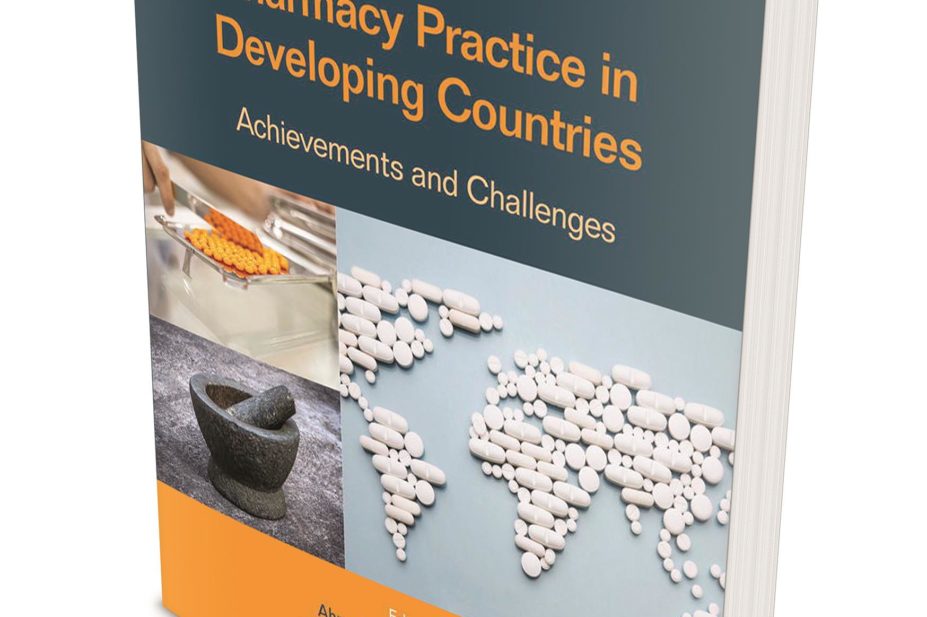
In its own words, this peer-reviewed book “represents the first comprehensive reference about pharmacy practice in the developing countries”.
This mine of information is packed so full of facts and analysis on 19 developing countries in Asia, Africa, the Middle East and South America, that its intended audience of “academics, researchers, policy makers, and pharmacy students, as well as those who want to establish a pharmacy-related business in a developing country” are likely to find it indispensable. Its three editors are academics from pharmacy schools in Saudi Arabia, Qatar and the United States.
The book documents the history and development of pharmacy practice; provides a general description of the current practices of pharmacists in various fields of the profession; highlights areas of achievement, strength, uniqueness, and future opportunities; and critiques practice.
Information is presented on topics including industrial pharmacy, regulatory issues, medicine importers, pharmacy education, hospital practice and extended roles. There are plenty of tables, graphs and charts, but an absence of any other type of illustration.
The book includes a random selection of interesting facts about pharmacy around the world. These include: pharmacy education in Thailand is now a six-year PharmD programme; in Chile, between 2007 and 2013, 25% of new medicines approved were orphan drugs and 30% were ‘first-in-class’; and there are 59,798 community pharmacies in Egypt.
But direct comparisons are not always possible between different countries because some chapters appear to present practically all the information available from that country, rather than just data that might be available across the board. Also, because chapters are written by various authors, there is little uniformity in presentation. For example, readers can confirm the top 15 medicines based on expenditure and use for Nepal, but there is no comparable data for Nigeria or Sri Lanka.
This is not a cheap book, but is probably a fair reflection of the unique value of the comprehensive information within its 475 pages.
Steve Bremer
References
‘Pharmacy practice in developing countries’, edited by Ahmed Ibrahim Fathelrahman, Mohamed Izham Mohamed Ibrahim and Albert I Wertheimer. Pp xxxix+475 £60.99. London: Elsevier; 2016. ISBN 978 0 12 801714 2


